As we all know, air pollution not only harms the environment, but also threatens people’s lives and health. An important reason why some industries (such as petrochemicals, landfills, etc.) are dangerous is that they are prone to generate dangerous gases such as toxic gases, odors and irritating gases in their daily production activities. In order to ensure that there will be no dangerous gas leakage, which will affect nearby residents, such enterprises must do air monitoring. Today, we use an example to explain the drone air monitoring program.
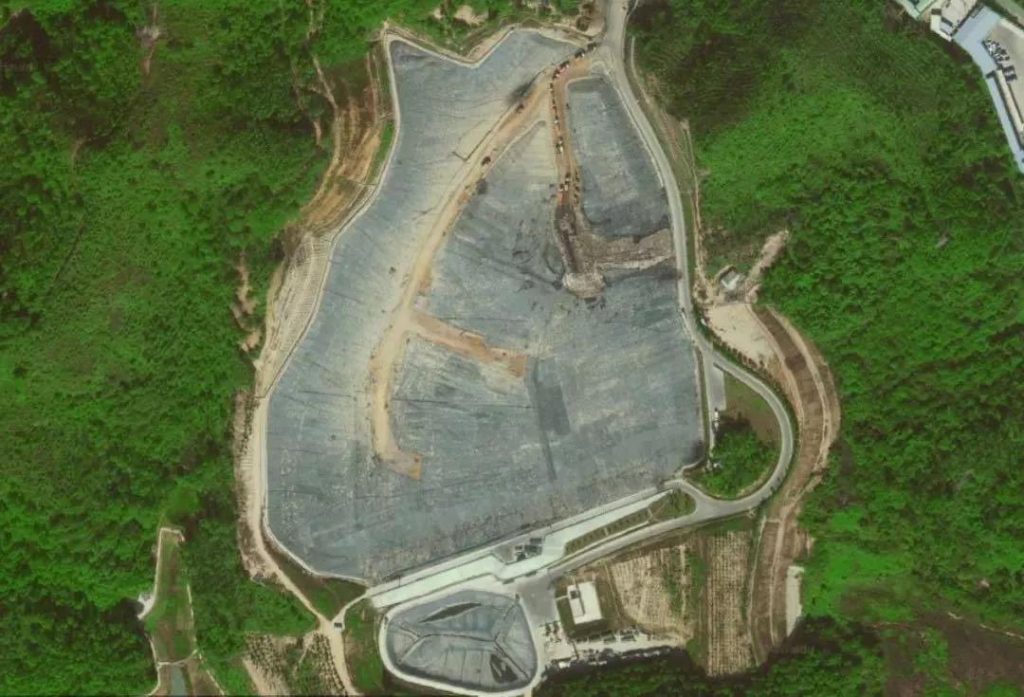
In December 2018, we are invited to do a projects in Long Gang ,Shenzhen ,this is a solid resource recycling center ,we use the drone with air sensors to do air pollution analysis.
The solid resource recycling center handles urban organic waste such as catering waste, kitchen waste, waste oil, fruit and vegetable waste within the scope of Longgang District, Shenzhen. The processing capacity can reach 600 tons/day, which is the largest processing capacity in Shenzhen. The state-of-the-art kitchen waste treatment facility can process 200,000 tons of kitchen waste per year. At the same time, the demand for air condition monitoring is also very large.
However, the person in charge of the center said that their current inspection methods require manual hand-held gas equipment for testing, which is not only inefficient, but also poor in safety (prone to poisoning of inspectors), and the inspectors are very distressed.
After understanding the project situation, we developed a preliminary monitoring program by using drone according to the site environment: Drone+ air sensors. Considering that the site is mainly odor and flammable gas, H2S, VOCs, and CH4 detection modules were selected. After setting the flight route, altitude, speed and other parameters, the drone is equipped with a air sensors to start flying.
Advantage 1: Safety
For the inspectors, choosing the “sensors + drone” monitoring method means that they do not have to drive or walk, and personally enter the area where there is a possibility of harmful gas leakage, and only need to land five kilometers in the landfill. Within the command center, the drone is operated, and the pollution distribution data and task report can be viewed in real time on the ground-end analysis software.
Advantage 2:Efficient
Complete large-area monitoring in a short time
In less than 15 minutes of flight time, the air monitoring drone efficiently completes the scanning of the pollution gas distribution of more than 60,000 m² in the site, and monitors the odor and combustible gas such as H2S, VOCs and CH4.
Data visualization, distribution of pollution is absolutely clear .
During the flight of the drone, the scent data of H2S, CH4 and VOCs monitored in real time is transmitted back to the ground-side visual analysis software in real time, and 3 type of visual concentration distribution maps are generated: two-dimensional grid distribution map. , contour maps and 3D point cloud maps. Real-time and intuitive reflection of the high odor concentration area greatly shortens the time for manual inspection.
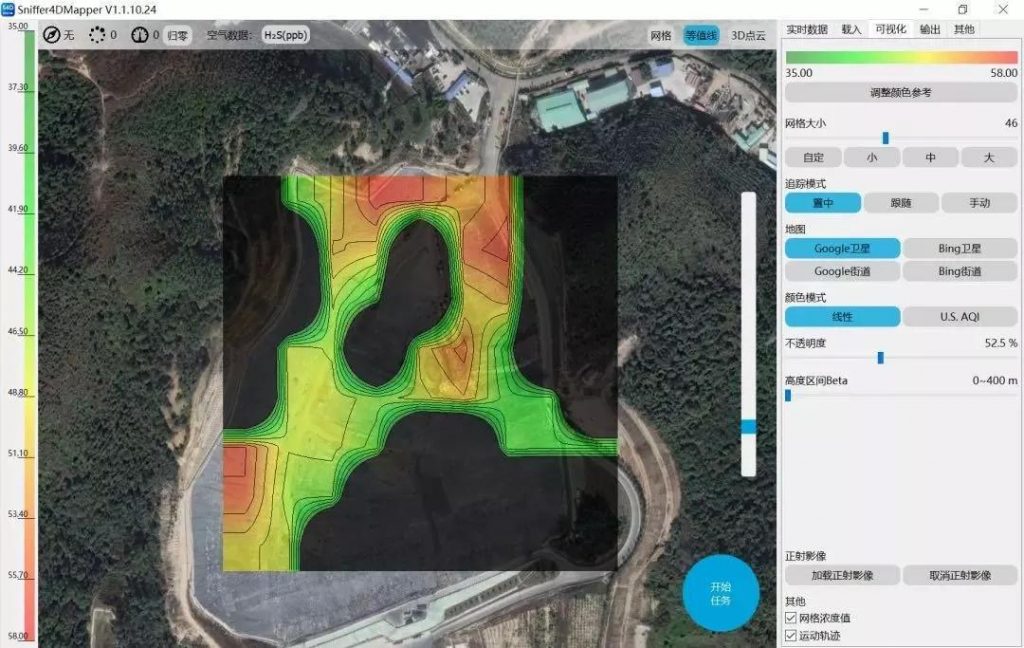
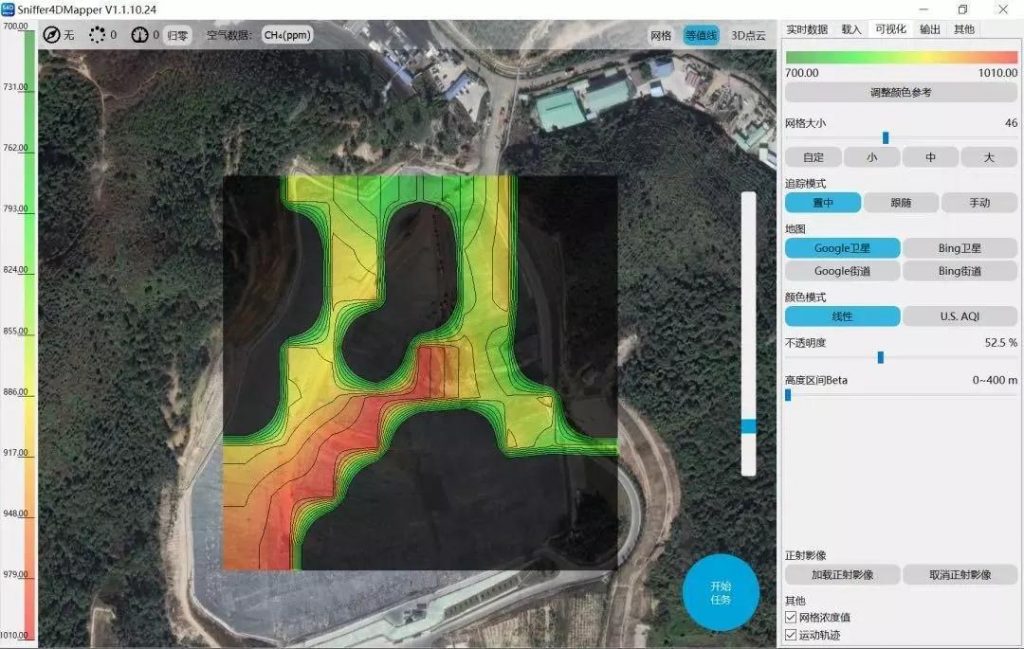
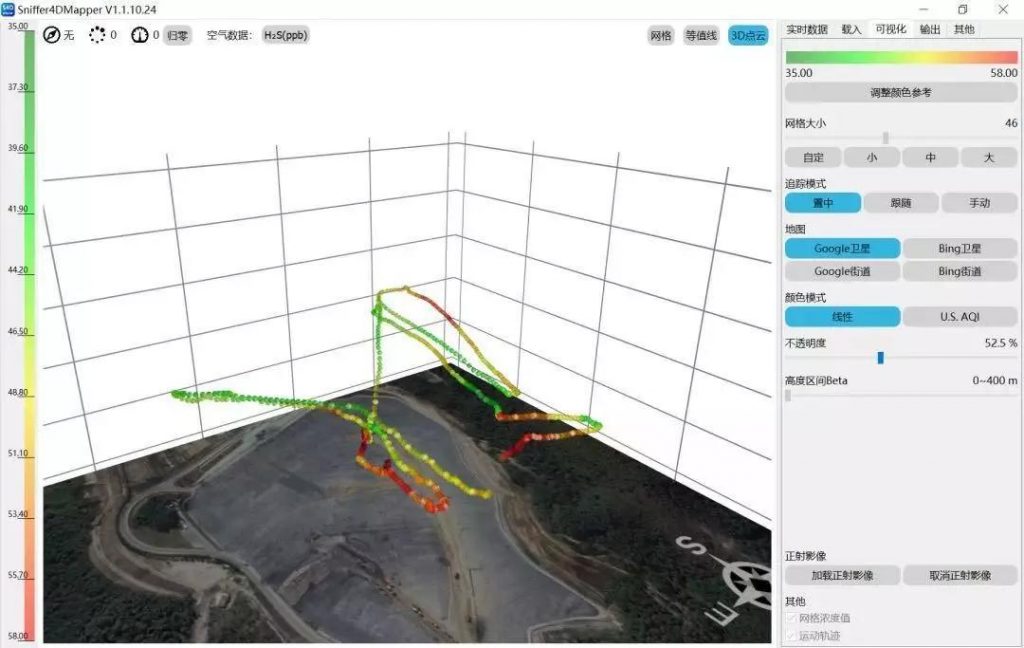
Real-time generated CH4 (methane) distribution contour distribution heat map
Advantage 3: Provide real-time and accurate decision-making basis
Generate task reports in real time to initially confirm the source of odor
After the flight mission, the scented ground end analysis software outputs the task report with one button. The report contains both the highest grid concentration and the distribution of pollutant concentration plotted by the software. The data is combined with the concentration profile to initially confirm the odor source, which provides the basis for further investigation and photo confirmation.
With a dual-light lens, take a photo to confirm the smell source
After the task report is generated, the drone is equipped with a 4K camera + thermal imaging dual-light lens for the highest concentration area displayed in the report, and the hot spot area is further checked and photographed.
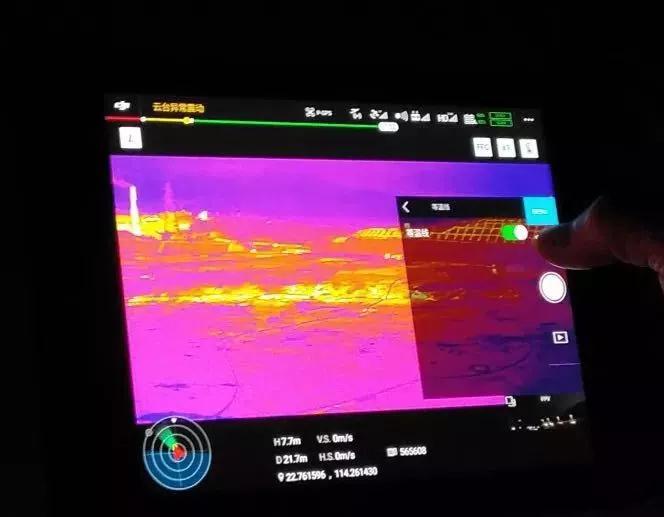

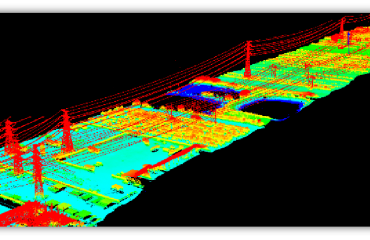
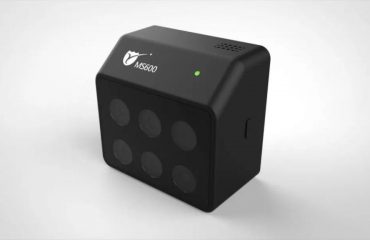
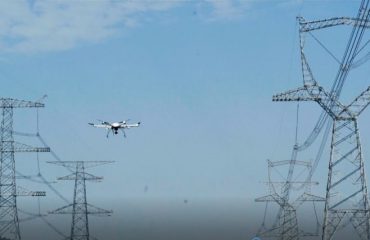
You must be logged in to post a comment.